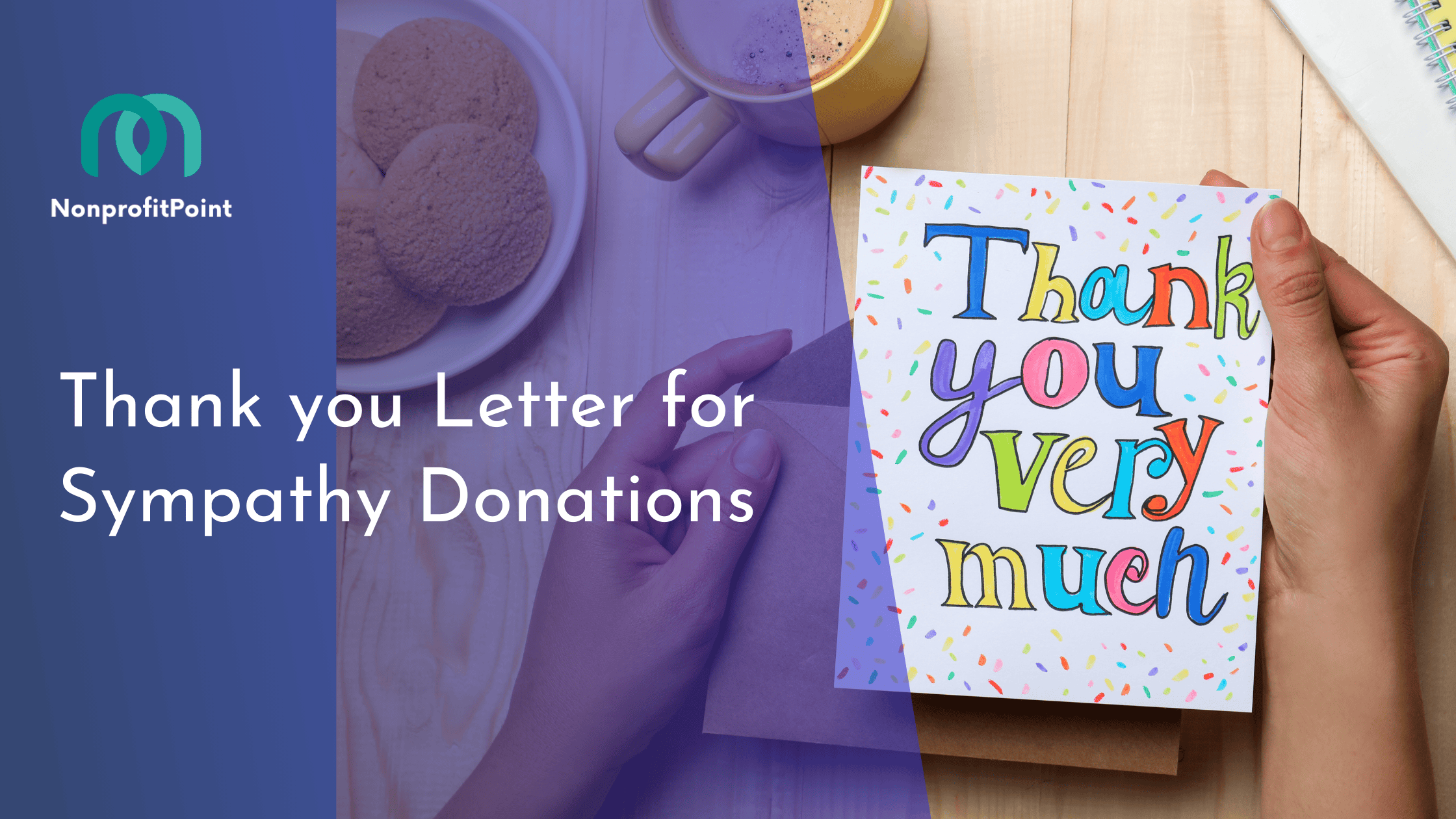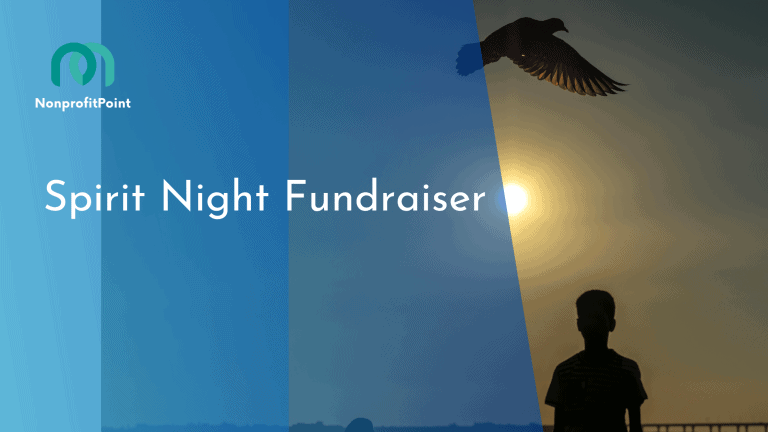Crafting the Perfect Thank You Letter for Sympathy Donations: Tips and Samples
In times of loss and grief, the outpouring of sympathy and support from friends, family, and even acquaintances can be a source of immense comfort. Among the ways people express their condolences, sympathy donations hold a special place as they often contribute to charities, causes, or support systems that were significant to the departed or their loved ones. Such gestures of generosity and kindness deserve heartfelt acknowledgment, and this is where a thoughtfully crafted thank you letter can create a profound impact.
Writing a thank you letter for a sympathy donation is not just about expressing gratitude; it’s about recognizing the collective compassion that binds us during our most vulnerable moments. More than a mere formality, this letter serves as a bridge between pain and healing, offering solace to both the giver and the receiver. In this blog post, we will guide you through the art of composing a sincere and meaningful thank you letter that not only honors the gesture but also fosters a deeper connection with those who stood by you in your time of need. Let’s embark on this journey of gratitude together, and discover how a few heartfelt words can illuminate the darkest days.
1. Why Sending a Thank You Letter is Important

Writing a thank you letter for a sympathy donation serves multiple essential purposes. Firstly, it holds significant emotional value. During moments of profound grief, the grieving family can find solace in recognizing the love and support that surrounds them. The act of acknowledging the contributions of others brings about a sense of connectedness and reinforces the importance of communal bonds during difficult times. Secondly, sending a thank you letter helps maintain relationships.
Expressing gratitude strengthens the emotional ties between the bereaved and their support network, fostering a sense of mutual respect and appreciation. Additionally, it’s a matter of etiquette and respect. Acknowledging the compassion and generosity extended by others is a humble and dignified gesture that reflects positively on the sender, ensuring that the donors feel recognized and valued for their efforts.
2. Timing and Medium

Deciding when and how to send a thank you letter for a sympathy donation is crucial. Typically, it’s best to send these letters within two to three weeks after receiving the donation, allowing a respectful period for immediate grief while ensuring the gesture remains timely. However, if circumstances delay this process, remember that expressing gratitude is always better late than never.
As for the medium, there are several options to consider. Handwritten letters are the gold standard for such occasions, conveying a personal touch that digital messages often lack. The tactile experience of a handwritten note can provide an additional layer of warmth and personal connection. Nevertheless, in today’s fast-paced world, digital communication is also acceptable, particularly if it ensures a quicker response.
Email can be used, especially if the donor is someone tech-savvy or if circumstances necessitate immediate acknowledgment. The key is to choose a medium that feels appropriate and genuine for the relationship between the sender and recipient.
3. Key Elements of a Thank You Letter for Sympathy Donations

Crafting a thank you letter for a sympathy donation involves several key elements that make the message sincere and impactful. Firstly, personalization is paramount. Addressing the donor by name and mentioning specific details related to their contribution shows that you genuinely acknowledge their individual act of kindness. Rather than using generic statements, refer to the donation specifically, highlighting its significance to you and your family. Expressing gratitude is, of course, central to the letter. Share heartfelt thanks, communicating how much the donation means, not just on a financial level, but also emotionally.
Another critical element is to share the impact of the donation. Explain how the funds will be used, whether they’re supporting a cause that was dear to your loved one or helping alleviate immediate expenses. This transparency not only reassures the donor about the meaningful use of their contribution but also strengthens their emotional connection to the cause.
Offering future updates, if appropriate, can also be beneficial. Mentioning that you will keep them informed about the progress of the cause or how the donations are making a difference can provide a sense of ongoing involvement. Finally, a warm closing and sign-off, ideally with a handwritten signature, adds a personal touch. Use phrases like “With deepest gratitude,” followed by your name, to leave a lasting impression of sincerity.
4. Crafting the Perfect Thank You Letter

Creating the perfect thank you letter involves a delicate balance of structure and heartfelt emotion. Begin with an opening line that sets a personal and respectful tone. For example, “Dear [Donor’s Name], I hope this message finds you well,” provides a formal yet warm start. Moving into the body of the letter, acknowledge the donation specifically. You might say, “We were profoundly moved by your generous donation of [amount/item],” followed by an expression of how it touched you and your family. Illustrate the emotional and practical significance of the donation. For instance, “Your contribution is not only a financial help but a comforting reminder of the love and support that surrounds us.”
In the mid-section of the letter, delve deeper into how the donation will be used. Offering insight into its impact can be particularly compelling. For example, “Your donation will support [specific cause], something that [deceased’s name] was passionate about. This ensures their legacy will continue to make a difference.” Additionally, offering future updates can engage the donor further: “We will be sharing news about how these contributions are helping our chosen cause, and we would love to keep you informed.”
Concluding the letter involves reiterating your gratitude and providing a heartfelt closing. A line such as, “Thank you once again for your incredible support during this challenging time,” followed by “With deepest gratitude,” and your name offers a fitting end. To inspire, here are a few phrases you might incorporate: “Your kindness has been a beacon of light,” or “Your generosity deeply touches us.” Each element of the letter should work together to convey your heartfelt thanks, making the donor feel genuinely appreciated and connected to the cause they supported.
5. Examples of Thank You Letter for Sympathy Donations
Example 1: Simple and Heartfelt
Dear [Donor’s Name],
I hope this message finds you well. I wanted to extend my deepest gratitude for your generous donation in memory of [deceased’s name]. Your kindness during this difficult time has been a source of immense comfort to me and my family.
Your contribution of [amount/item] will go a long way in supporting [specific cause or use of funds], something that was very close to [deceased’s name]’s heart. Knowing that their legacy will continue through the support of compassionate individuals like you means the world to us.
Thank you once again for your incredible support and empathy. We are deeply touched by your generosity.
With deepest gratitude,
[Your Name]
Example 2: Detailed and Personal
Dear [Donor’s Name],
I hope you and your family are well. I am writing to express my heartfelt thanks for your generous donation of [amount/item] in memory of [deceased’s name]. Your thoughtfulness is deeply appreciated, especially in this time of sorrow.
Your donation will be used to support [specific cause or organization], an initiative that [deceased’s name] was deeply passionate about. For example, [provide a brief story or detail about the deceased’s connection to the cause]. Your support ensures that their legacy continues to make a meaningful impact, helping others in the same way they intended.
We plan to keep all donors informed about how these contributions are making a difference. We hope to share updates with you soon, showing the real-world impact of your kindness.
Thank you again for your unparalleled support and generosity. Your compassion is a beacon of light during these dark times.
Sincerely,
[Your Name]
Example 3: Charity or Cause Specific
Dear [Donor’s Name],
I hope this note finds you well. On behalf of our entire family, I wanted to extend my profound gratitude for your generous donation of [amount/item] to [specific charity or cause] in memory of [deceased’s name].
As you may know, [charity or cause] was very dear to [deceased’s name]. Your contribution is more than a financial gift—it is a testament to the love and support that has surrounded us during this difficult period. Your donation will assist [brief explanation of how the funds will be used, e.g., “provide scholarships for underprivileged children,” “support cancer research,” etc.], thereby continuing the work that [deceased’s name] was so passionate about.
We believe in transparency and accountability, and we will keep you updated on how these funds are making an impact. It is heartening to know that through your support, [deceased’s name]’s mission continues to touch lives.
Words cannot fully convey our appreciation, but please know that your kindness has made a significant difference to us. Thank you from the bottom of our hearts.
Warm regards,
[Your Name]
Common Mistakes to Avoid
While the intention behind crafting a thank you letter for a sympathy donation is inherently positive, certain missteps can undermine its sincerity and impact. One common mistake is being too generic. A cookie-cutter response that lacks personalization can make the recipient feel like just another name on a list rather than a cherished supporter. To avoid this, it’s essential to incorporate personal details and specific mentions of the donation and the donor’s relationship to the deceased or the cause. This demonstrates genuine acknowledgment and appreciation, making the donor feel valued.
Another pitfall to avoid is delaying the thank you letter for too long. While it’s natural to need some time to process your emotions and deal with pressing matters following a loss, sending a thank you letter promptly—usually within two to three weeks—helps to ensure that the gesture is fresh and meaningful. Unaddressed, lengthy delays can make the donor feel overlooked or underappreciated, even if that’s far from the truth. However, if circumstances necessitate a delay, a brief apology and explanation in the letter can go a long way in maintaining good etiquette.
Finally, focusing too much on the personal loss rather than the donation itself can be problematic. While it’s important to acknowledge the context of the donor’s sympathy, the thank you letter should primarily emphasize gratitude for their contribution. Dwelling excessively on the grief and loss can make the letter feel more like an expression of sorrow than a message of thanks. Striking a balance where you honor the memory of the deceased while focusing on the positive impact of the donation achieves a more uplifting and appreciative tone that resonates well with the donor.
Additional Tips
Crafting a thank you letter for a sympathy donation involves a combination of heartfelt emotion and appropriate structure. Balancing emotion and professionalism is key. While the letter should be deeply personal and heartfelt, it also needs to maintain a level of formality that respects both the sender and recipient. This balance helps to convey sincerity without crossing into overly sentimental territory. Using stationery or letterhead can enhance the letter’s formality and make it visually more appealing. High-quality paper or a personal letterhead subtly conveys respect and thoughtfulness, adding weight to your words.
Involving family members in the process can also add depth and significance to the letter. If more than one person is involved in acknowledging the donation, it can be a collective expression of gratitude that highlights the communal appreciation of the donor’s gesture. This collaborative approach can also help in balancing perspectives and ensuring that the letter properly reflects the sentiments of all involved.
Additionally, maintaining a tone of warmth and genuine appreciation is crucial. Phrases that convey heartfelt thanks and highlight the impact of the donation can leave a lasting positive impression. Including a future to follow up, if appropriate—such as updates on how the funds are being utilized or invitations to related events—can also convey a sense of ongoing connection and appreciation. However, ensure these offers are genuine and manageable, as false promises can undermine trust.
Finally, don’t hesitate to seek inspiration if you’re struggling to find the right words. Templates and examples can provide a useful starting point, but always tailor them to reflect your unique situation and emotions. The ultimate goal is to create a letter that not only thanks the donor but also provides a sense of closure and comfort, reinforcing the bonds of support and empathy that make such donations meaningful.
Final Thoughts
Writing a thank you letter for a sympathy donation transcends the simple act of penning a few lines of gratitude. It is a profound gesture that encapsulates the depth of human connection and collective compassion. These letters are not just acknowledgments; they are bridges that span the chasm of grief, connecting hearts and offering solace through shared humanity. In a world that often seems fractured, the small but significant act of saying thank you can ripple out, fostering a sense of community and mutual support in times of sorrow.
Consider for a moment, the impact of your words. Each letter you send not only thanks a donor but also affirms that their kindness did not go unnoticed. It reinforces that their generosity has made a meaningful difference, and in doing so, it strengthens the bonds of empathy and care that hold us together. In every phrase of your thank you letter, there lies an opportunity to shine light into the shadows of loss, to honor the memory of your loved one, and to acknowledge the beautiful threads of support that others have woven into your journey of healing.
As you sit down to write these letters, remember that this act of gratitude is both a reflection of personal thanks and an invitation for continued compassion and unity. Each word has the power to warm a heart, to soothe an ache, and to remind us that even in our darkest hours, we are never truly alone. Let your thank you letter be a beacon of how deeply interconnected we all are, and how, even in moments of profound loss, the spirit of giving and gratitude can illuminate the path forward.






